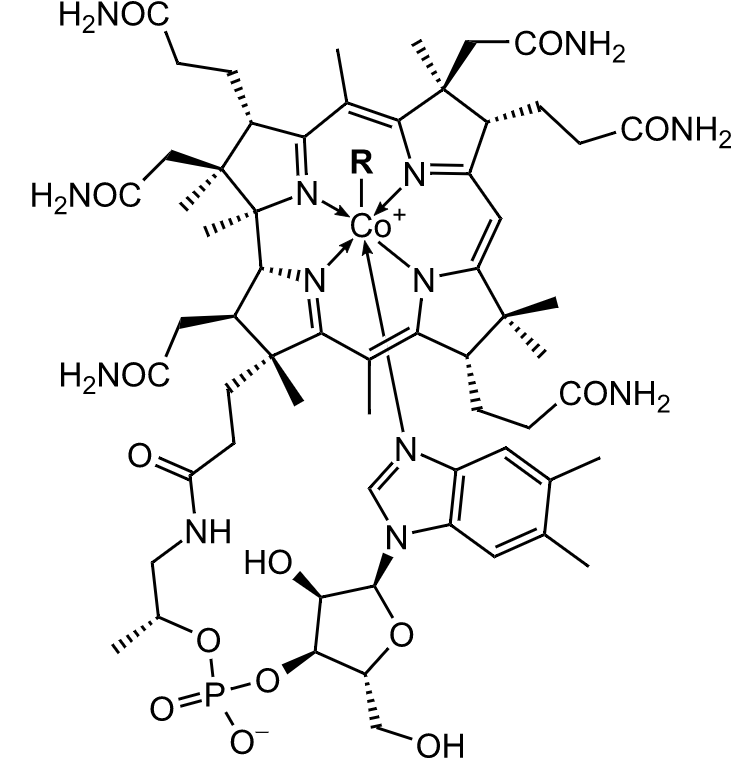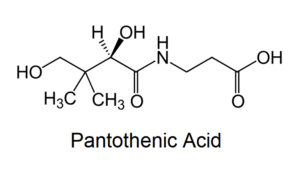Common Nutrient Deficiencies

Nutrient deficiencies often go undetected and untreated (Bruins 2018). Compounding the issue, a lot of common processed foods are high in calories, yet low in nutrients. Even in the United States, there are a number of nutrients that are commonly deficient and often overlooked.
Some of the more common nutrient deficiencies include:
- Iron
- Vitamin D
- Magnesium
- Zinc
- Vitamin B12
- Folate
Iron
The problems of iron deficiency are far-reaching, with estimates suggesting between 10% and 50% of individuals being deficient depending on the population analyzed (Miller 2013). As a mineral, iron is most commonly low in women of reproductive age. Any blood loss, including from the menstrual cycle, can contribute to decreasing levels (Mirza 2018).
In the body, iron is crucial for carrying oxygen to the tissues for energy production. When people are low in iron, depression and fatigue are common symptoms. Individuals with a lighter complexion may also appear pale as iron deficiency becomes more severe.
As a nutrient, iron is most prevalent in meat, beans, dark leafy greens and seeds. Unfortunately, lab testing for deficiency is often incomplete. In order to fully rule out iron deficiency you need to run more than one test to assess levels. Typical tests include iron stores, serum iron, red blood cell morphology and others (Clark 2008).
Vitamin D
Vitamin D is not actually a vitamin, it’s a prohormone, or hormone precursor (Ellison 2021). Deficiencies of vitamin D are very common, with a total prevalence of almost 42% in the U.S. with an even higher incidence in black and Hispanic individuals (Forrest 2011). There are numerous correlations with low levels of the vitamin, including heart disease, autoimmune conditions and cancer (Souberbeille 2010). Some of the strongest research suggests low levels can cause an increased susceptibility to colds and flu (Ginde 2009). Supplementing the vitamin in people who are deficient appears to provide protection from respiratory infections (Jollife 2021). If levels are really low in adults, it’s also possible to have bone pain. In children, “rickets” can occur, including bone pain, muscle cramps and bone deformities (Narchi 2001).
As a nutrient, vitamin D is important for calcium absorption and plays a role in immune system regulation (Umar 2018). Most vitamin D is derived from exposure to sunlight containing ultraviolet (UV) rays, although we can get small amounts from food. In cases of deficiency, supplementation is typically necessary (Kennel 2010).
Vitamin D comes in two forms, vitamin D2 and vitamin D3. D3 is the normal form found in animals, while D2 comes from plants. Testing levels is done through a blood test checking storage levels: 25-OH-Vitamin D (25-hydroxy-vitamin D).
Magnesium
Magnesium is one of my favorite minerals. Unfortunately, around half of adults don’t consume the bare minimum needed to prevent deficiency (Rosanoff 2012). Common symptoms of low magnesium levels can include muscle cramps, anxiety, depression, irritability and increased pain (DiNicolantonio 2018).
The mineral is important for muscle function, including the heart. It also plays a role in energy production and brain health (Serefko 2016). It has blood sugar and blood pressure lowering and anti-inflammatory activity (Rosanoff 2005, Fang 2016). As for foods, it’s found mostly in dark leafy greens, nuts, seeds and some whole grains.
Testing for magnesium deficiency isn’t completely straightforward, since blood levels can be normal even when patients are deficient. Load testing, which is clunky, gives more accurate results, but requires a 24 hour urine collection (Arnaud 2008). Honestly, I typically assume most everyone needs at least a little extra magnesium. It’s quite safe in reasonable quantities as long as you have normal kidney function.
Zinc
It wasn’t until the 1960s when we started to recognize and understand zinc deficiency. In the Middle East, diets focused mostly on whole wheat resulted in cases of adolescents and young adults with stunted growth and a lack of sexual development. Upon treatment with both iron and zinc, their symptoms reversed (Sandstead 2013). Globally, around 17% of individuals are at risk of a deficiency in the nutrient (Wessells 2012). And adequate zinc is important as it plays a role in DNA production, immune function, growth and development and brain health (Cole 2008, Livingstone 2015). Deficiencies can cause poor appetite, frequent infections, and problems with growth and development.
Zinc is found in nuts and seeds, beans, beef and chicken. Like magnesium, testing for zinc deficiency is not straightforward. A low serum blood level of zinc indicates a need for the mineral, but levels can be normal even in cases of significant deficiency.
Vitamin B12

Vitamin B12 is the largest vitamin by size. As such, it is more difficult to absorb from food. As individuals get older, deficiencies of the vitamin become especially common. Of people aged 60 and older in the United States, 6% had a severe deficiency, with another 20% having marginal levels (Allen 2009). Low levels of the nutrient can lead to anemia and nerve damage, causing nerve pain in the hands and feet (peripheral neuralgia) (McLeod 1984). Deficiencies of vitamin B12 can also lead to dementia, depression and poor energy (Reynolds 2006).
As a nutrient, vitamin B12 works in concert with folate (see below) in a process called “methylation.” Methylation is important for DNA, nerve health, brain neurotransmitter production and other biochemical pathways (Shane 2008). The nutrient is found almost exclusively in animal products, so vegans are commonly deficient in the vitamin (Gilsing 2010).
Testing serum levels, like some of the other nutrients, can be normal even in deficient cases (Stabler 2013). It’s best to check serum levels, homocysteine and/or methylmalonic acid to assess vitamin B12 status. Homocysteine and methylmalonic acid are both functional markers for B12 deficiencies (Green 2008). When high, they indicate a problem. For homocysteine, high levels are less specific and can indicate a need for vitamin B12, folate and vitamin B6, whereas methylmalonic acid is typically only elevated with low vitamin B12.
Folate
Folate is another B vitamin that works in conjunction with vitamin B12. As such, folate is also important for DNA production and methylation (Shane 2008). Some of the latest data suggests that around 20% of individuals in the United States have insufficient folate levels and would likely benefit from the nutrient (Pfeiffer 2019). In cases of deficiency, individuals can develop anemia and nerve damage, similar to B12 deficiency. Low levels can also contribute to birth defects. depression and dementia (Morris 2021, Young 2007, Araujo 2015).
The nutrient is found mostly in dark leafy greens and beans. Testing for deficiencies is again not straightforward since serum testing of folate levels is poorly characterized and may not yield meaningful results (Green 2008). Homocysteine and methylmalonic acid are two functional markers that may help establish if a patient has a true deficiency. When folate is low, homocysteine is high, but methylmalonic acid is typically normal (Green 2008).
Conclusions
Nutrient deficiencies are a common problem, even in the United States. Over the course of my career, I’ve identified thousands of nutrient deficiencies in patients that were often contributing to significant health concerns. When a patient isn’t feeling well, checking nutrient levels can be a starting point to help evaluate aspects of overall health. Once identified, addressing deficiencies can be key to helping restore an individual’s wellbeing.
Join our weekly newsletter for the best in natural and integrative medicine!



